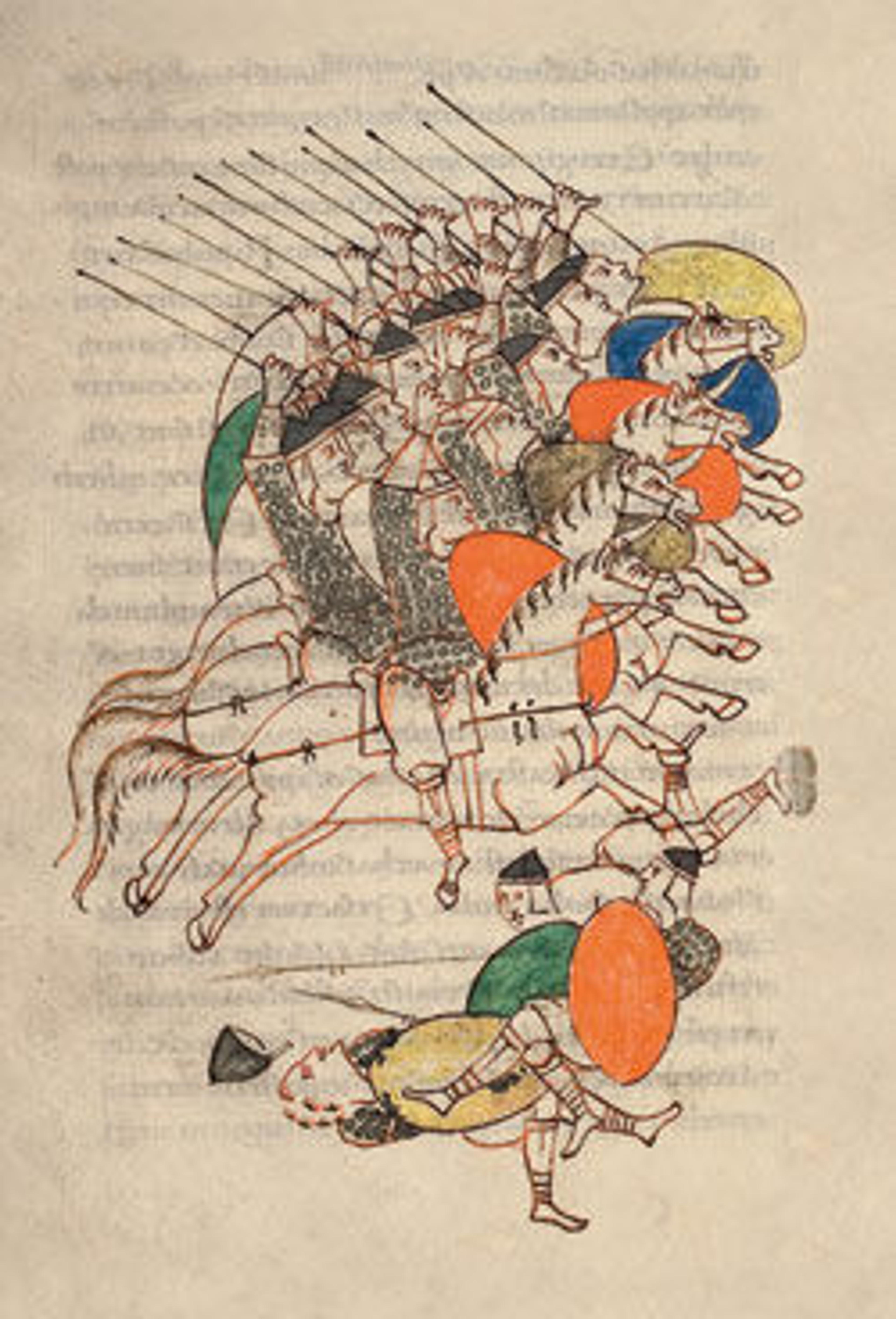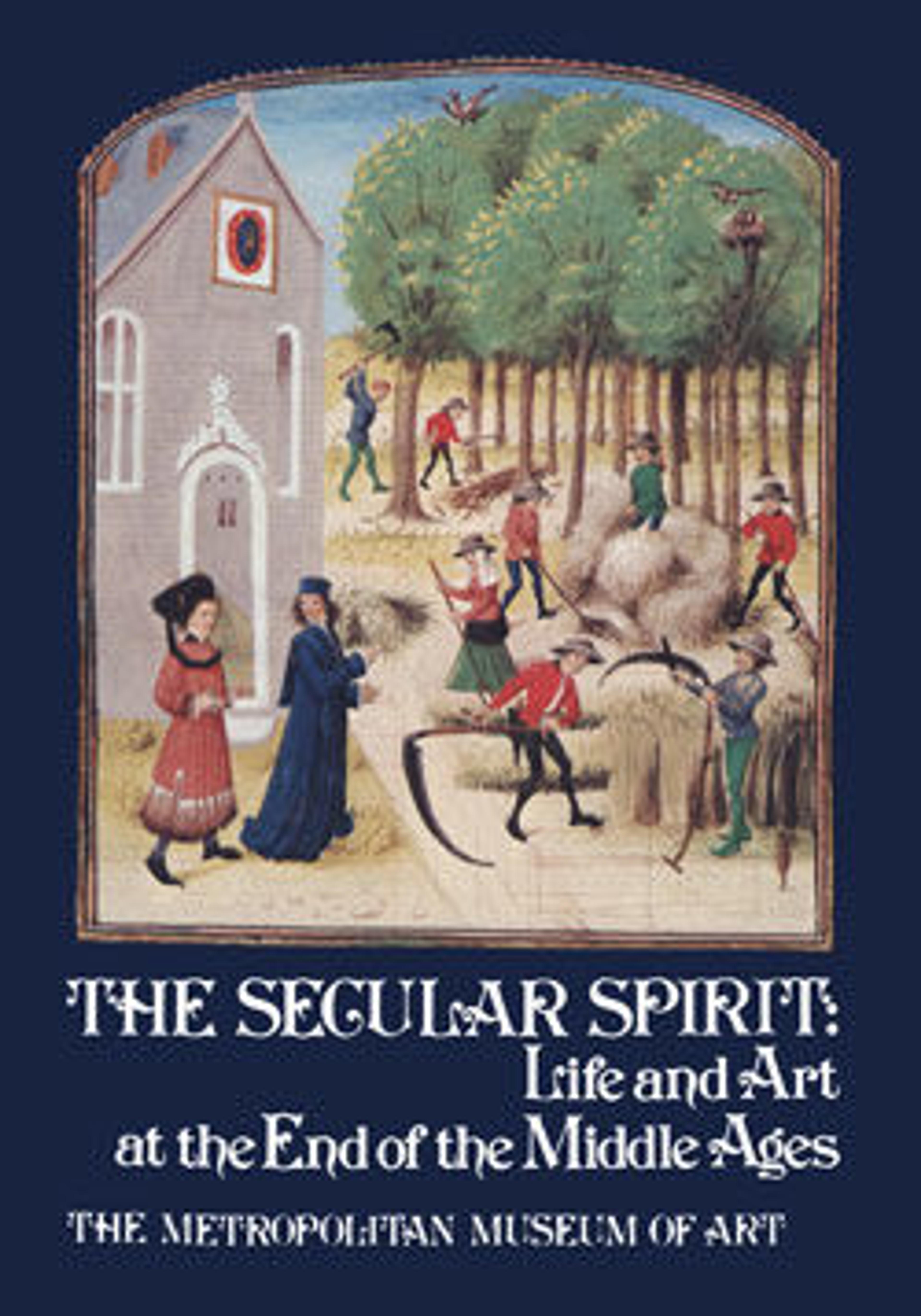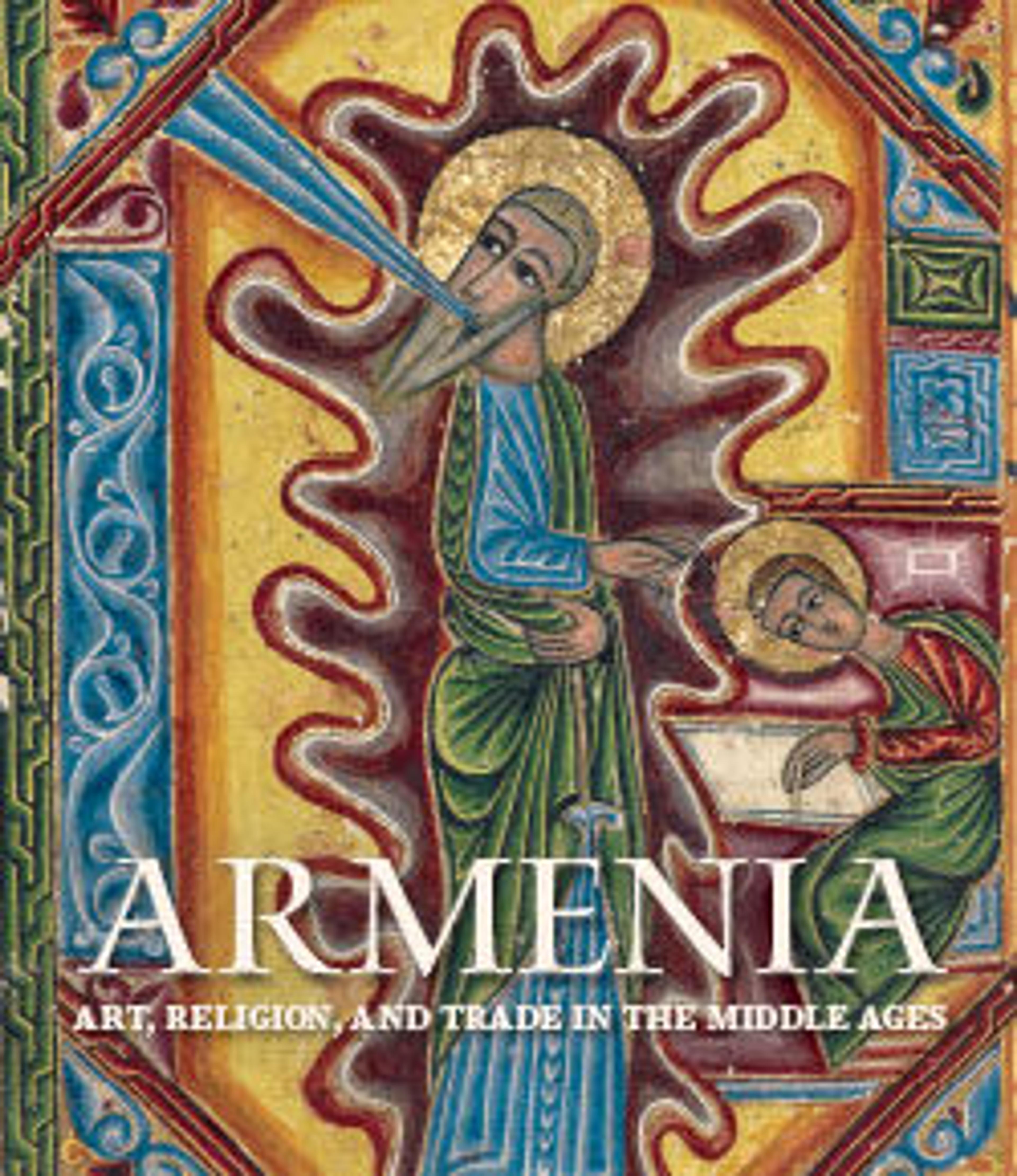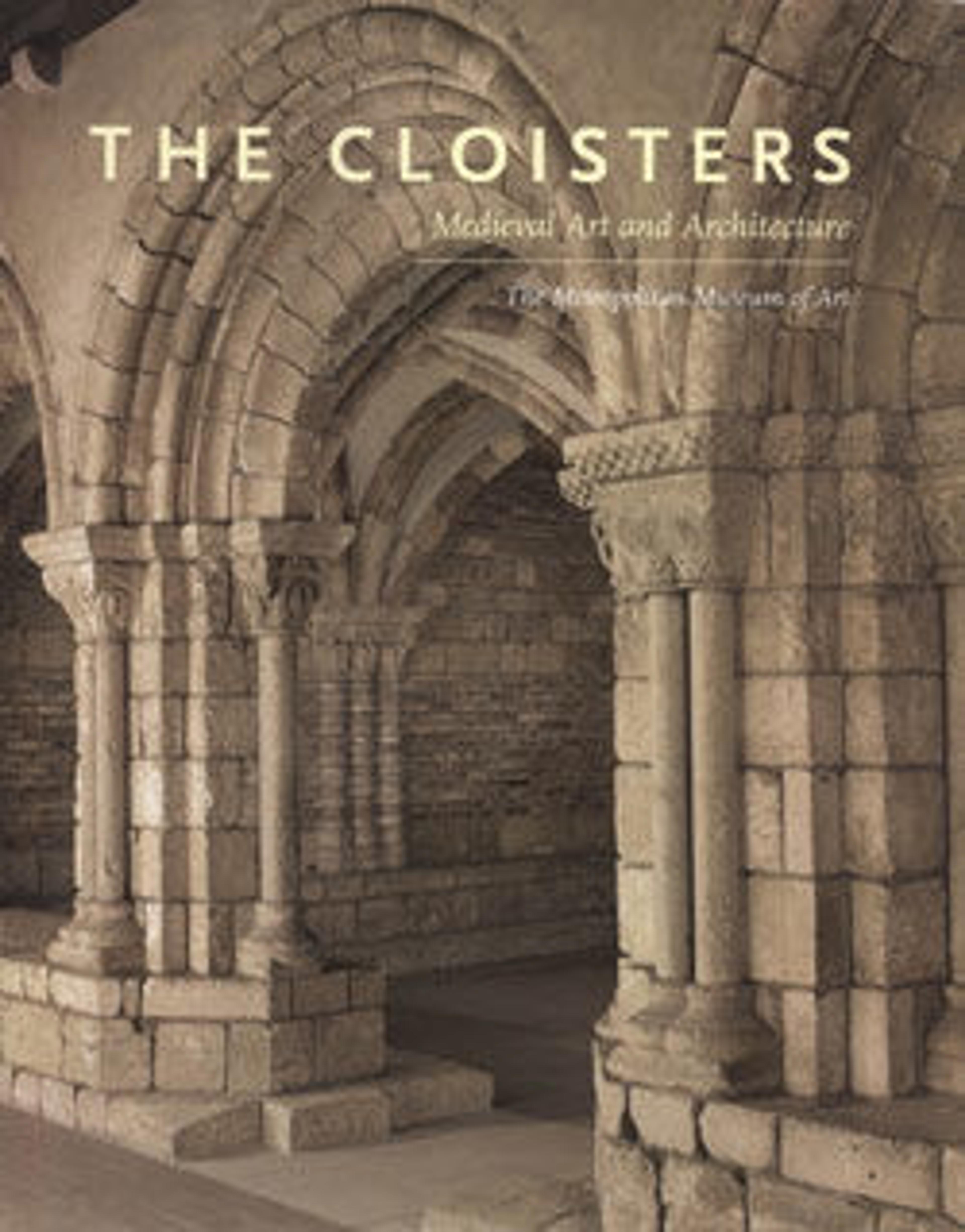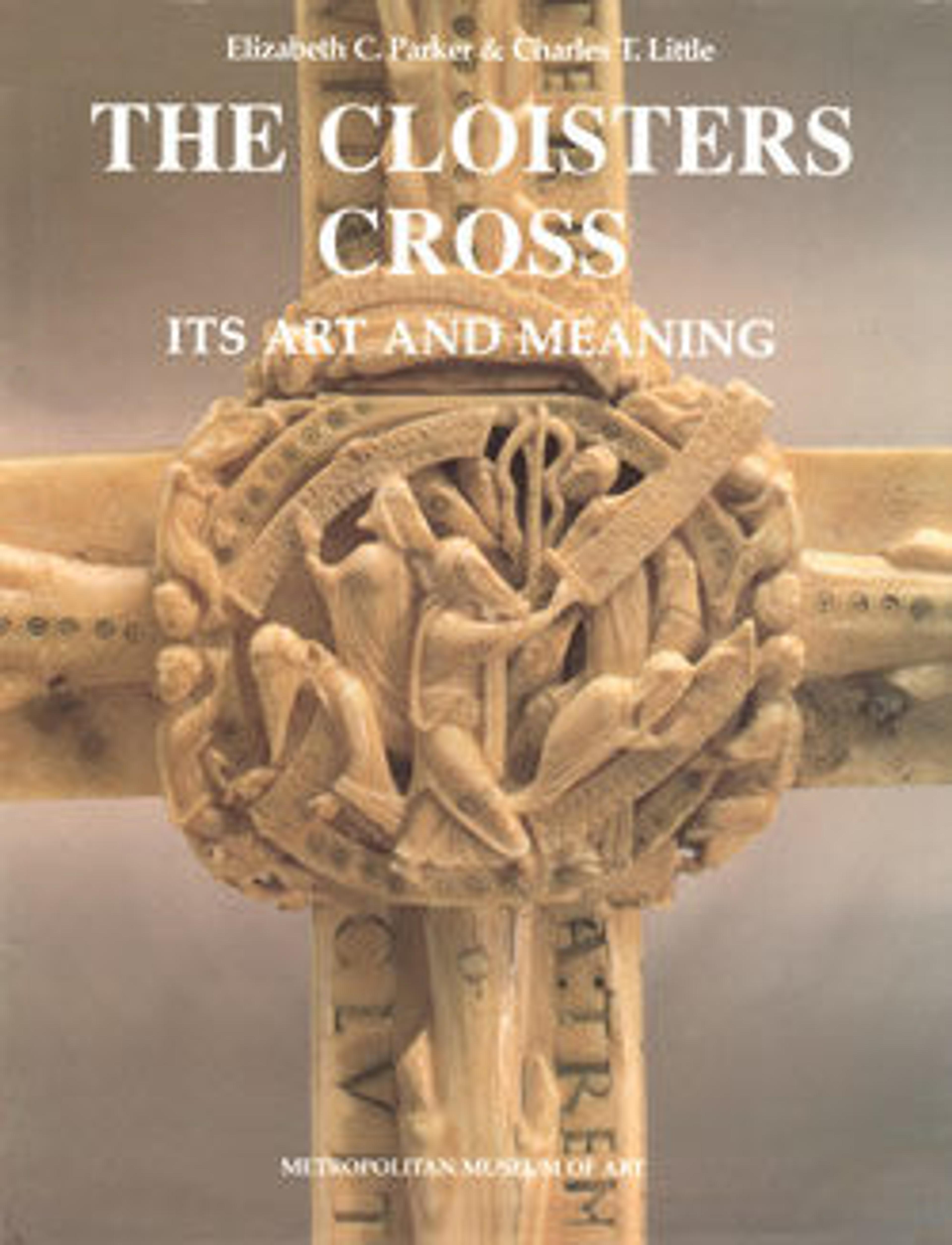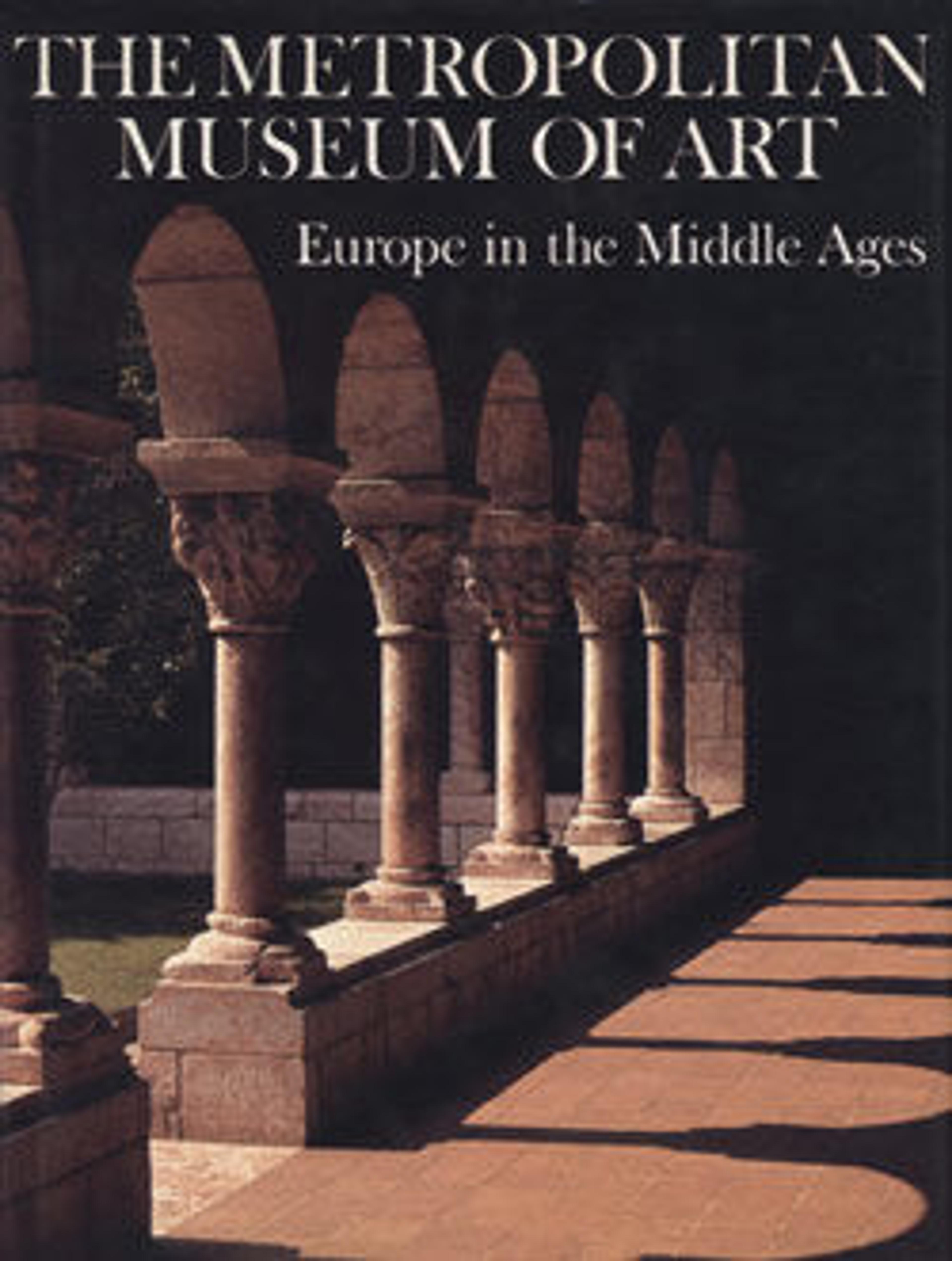
The Metropolitan Museum of Art. Vol. 3, Europe in the Middle Ages
Medieval Art can be said to have begun in the catacombs of Rome and to have culminated—over a thousand years later—in the soaring arches of Reims and Chartres, but from its fugitive and funerary beginnings to its glorious close, it encompassed the splendor of Byzantium, the warrior trappings of the Avars and the Celts, the woodcarving of the Germans, and the sculpture, weaving, and painting of the Spanish, the Flemish, and the French—a splendid legacy from which the artists in Europe would draw inspiration for centuries to come.
Christian imagery began first to appear in the West in the second century A.D., and by 313 the emperor Constantine had recognized Christianity as the official religion of the Roman Empire. But as Rome's power waned and barbarian invasions gradually paralyzed Europe, Constantinople rose to become the "new Rome." During its Golden Age, under the emperor Justinian, the wealth and power of Byzantium led to an artistic production of dazzling technical brilliance and spiritual intensity.
While the artists of Constantinople were engaged in producing this sophisticated and Classical art, migrating tribes in Europe continued to make magnificent artifacts in their own local styles. Once European political unification was achieved under Charlemagne and Otto the Great, Byzantine and "barbarian" traditions converged to form new styles that became increasingly international. These styles—Carolingian, Ottonian, and Romanesque—eventually pervaded all of Europe and culminated in the Gothic.
Europe in the Middle Ages offers a broad selection of the arts of the medieval world, all drawn from the rich collections of The Metropolitan Museum of Art. Examples from the Early Christian period include a sarcophagus lid from Rome and Coptic textiles and ivory from Egypt; from Constantinople, a marble portrait bust of Constans, younger son of the emperor Constantine, and the sumptuous silver "David plates"; and from the eastern part of the Byzantine Empire, the magnificent silver-gilt "Antioch Chalice." Local styles are represented by Celtic gold tores from Belgium, lance mounts from Gaul, a Viking sword, and gold belt fittings from the Avar tribe.
The court style of the Carolingian Empire is shown in the "Saint John the Evangelist" and "Emmaus" ivories. English Romanesque art is nowhere more beautifully represented than by the famous ivory cross attributed to the abbey of Bury St. Edmunds, while the Continental Romanesque is seen in the capitals of the Cuxa Cloister.
The arts of the late Middle Ages are represented by stained-glass panels from Soissons and from the abbey of St.-Germain-des-Prés in Paris, as well as by the exquisite miniature painting of Jean Pucelle, the "Mérode Altar Piece" by Robert Campin, and the famous "Unicorn Tapestries." In all, over one hundred fifty objects are reproduced, giving a rich picture of the splendid and varied arts of the middle Ages.
Met Art in Publication
You May Also Like
Press the down key to skip to the last item.
Citation
Metropolitan Museum of Art (New York, N.Y.), Charles T. Little, and Timothy Husband, eds. 1989. Europe in the Middle Ages. New York, N.Y: The Museum.
